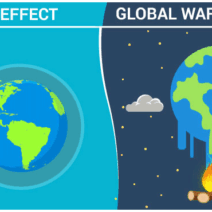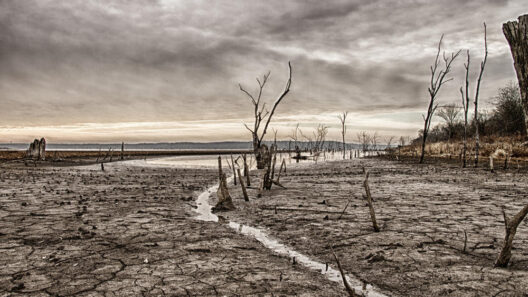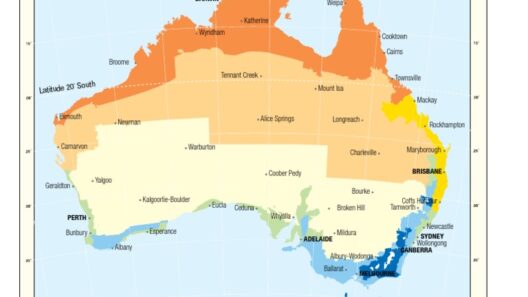San Francisco, a city ensconced in an ethereal embrace of fog and sun, presents a ceaselessly fascinating climate tableau that simultaneously captivates and confounds its inhabitants and visitors alike. Nestled amid the undulating coastal hills and caressed by the expansive Pacific, San Francisco serves as a living canvas where meteorological phenomena engage in an intricate dance. This unique climatic interplay, characterized by fog as delicate as gossamer and sunshine that glimmers like jewels, imbues the city with an identity that is simultaneously serene and invigorating.
To truly grasp the essence of San Francisco’s climate is to ponder the dichotomy between the fog and the sun. The fog, often resembling an artist’s brushstrokes across the bay, arrives as a character of duality. While it may initially seem somber and oppressive, shrouding the city in a muted veil, it also bestows a cool embrace that moderates temperatures and nurtures the surrounding ecosystems. The phenomenon occurs when the warm air rising over the land meets the cold waters of the Pacific, resulting in vaporous tendrils that roll in, cloaking Golden Gate Bridge and enfolding the Marin Headlands in an alluring shroud. This captivating atmosphere is akin to nature’s way of drawing a curtain, creating a stage for the play of light that ensues as the sun battles to break through.
As the day unfolds, the sun emerges like a phoenix, casting away the fog’s soft grasp. The golden rays illuminate the city’s famed landmarks, from the painted Victorian houses of Alamo Square to the bustling Fisherman’s Wharf. The interactions between the sun and the unique topography of San Francisco create microclimates that lend an unpredictable charm to the weather. One might leave the house equipped with a sweater only to find themselves basking in warmth just a few blocks away, where the coastal chill gives way to the sun’s ardent glow. Such irregularities in weather are akin to the city itself—ever dynamic, always surprising.
Coastal chill encapsulates the essence of San Francisco in more ways than one, resonating beyond mere thermodynamic principles. It is a metaphor for the city’s soul, where the brisk, salty air invigorates both the body and spirit. Picture a leisurely stroll along Ocean Beach, where the wind whispers stories of adventurers past while waves crash rhythmically against the shore. The coastal chill serves as a reminder of the natural forces that shape this vibrant locale, threading through the narratives of resilience and innovation found within its communities.
In addition, the coastal chill has profound implications for the ecology of the region. The interplay of fog, sun, and chill fosters a rich biodiversity that is both precarious and precious. Eucalyptus trees, native to Australia yet thriving in the Bay Area, stand sentinel along the hills, while the delicate coastal grasslands harbor a plethora of endemic species. These ecosystems teem with life, sustained by the moisture-laden fog that blankets the region. Birds, mammals, and myriad insects find sanctuary in these unique habitats, presenting an ecological tapestry that is interwoven with the climate’s oscillating patterns.
As climate change looms large on the horizon, the very fabric of San Francisco’s climate is under threat. Rising global temperatures and shifting weather patterns are beginning to alter the intrinsic balance that defines the city’s relationship with its natural environment. Increasingly, the fog—once a reliable harbinger of summer’s approach—becomes erratic, with changes in ocean temperatures impacting its prevalence. A comprehensive understanding of climate change is not confined to the atmospheric sciences; it also encompasses cultural and social dimensions. The implications of changes in climate are felt by the local communities, affecting their livelihood, traditions, and the languages they speak about the conditions of their environment.
In recognizing the storm brewing on the horizon, local initiatives and community-driven movements are springing to action. Residents, armed with a profound appreciation for their ephemeral yet enduring climate, are advocating for sustainable practices and policies that harmonize with the natural ebb and flow of their surroundings. Efforts to preserve parks, restore native habitats, and promote renewable energy sources are increasingly at the forefront of San Francisco’s ethos. Citizens are harnessing the inspiration drawn from their coastal chill and the transformative power of the fog, learning that beauty emerges from collaboration and commitment to nurturing the environment.
In conclusion, San Francisco’s climate is a vivid tapestry woven from the threads of fog, sun, and coastal chill. These elements are not just meteorological occurrences; they symbolize the city’s heart and spirit. The interplay of these forces creates a unique environment that thrives on contrasts and complements. As the communities within this urban masterpiece innovate and adapt to an ever-evolving climate, one thing remains clear: San Francisco will continue to inspire those who roam its vibrant streets, forever enchanted by the breeze, the mists, and the brilliant sun that collectively tell the story of a city at the edge of the world.








